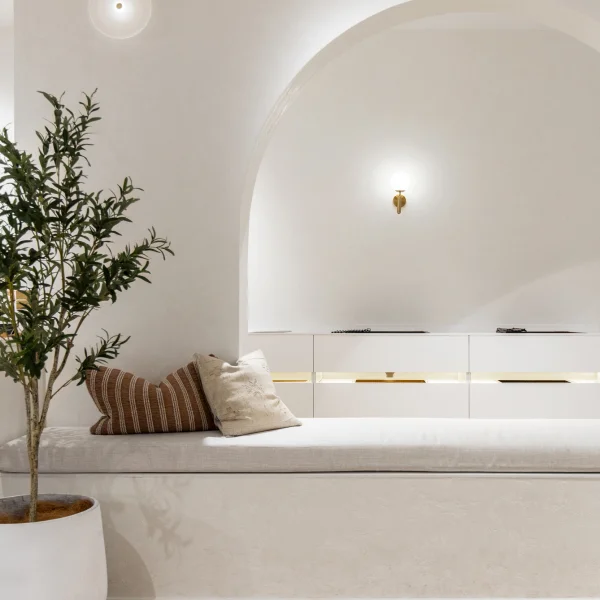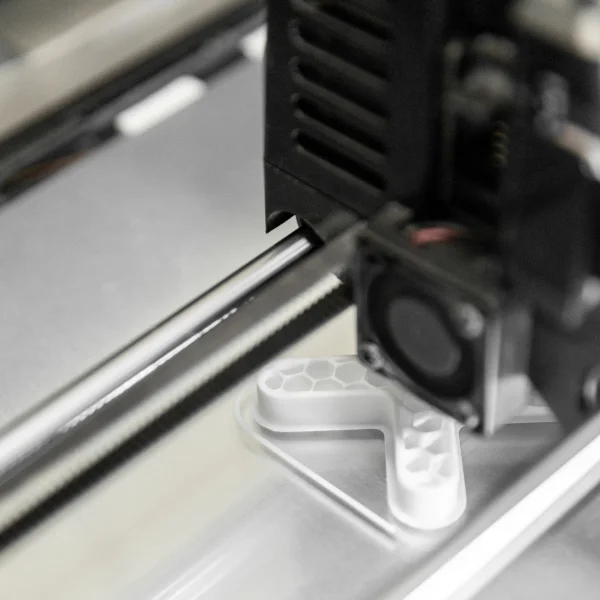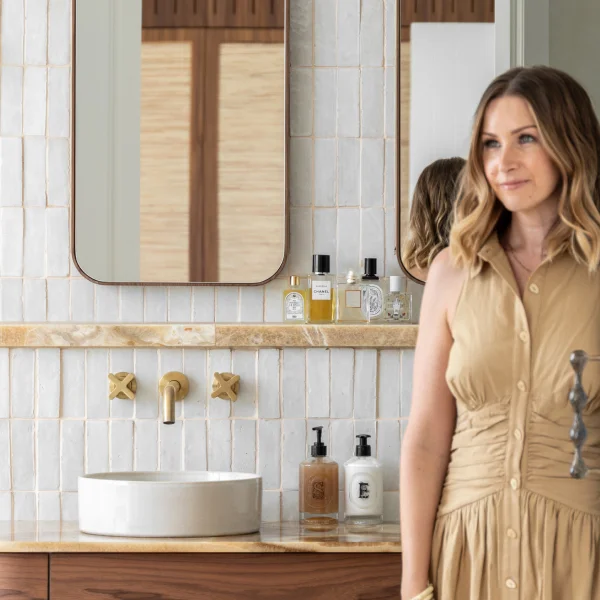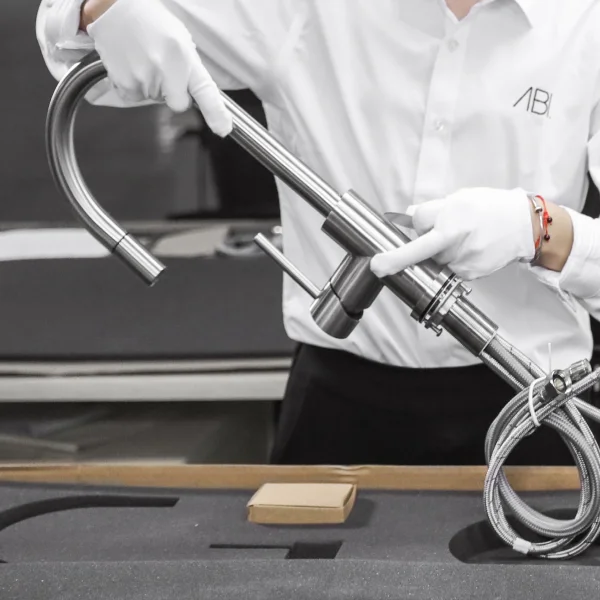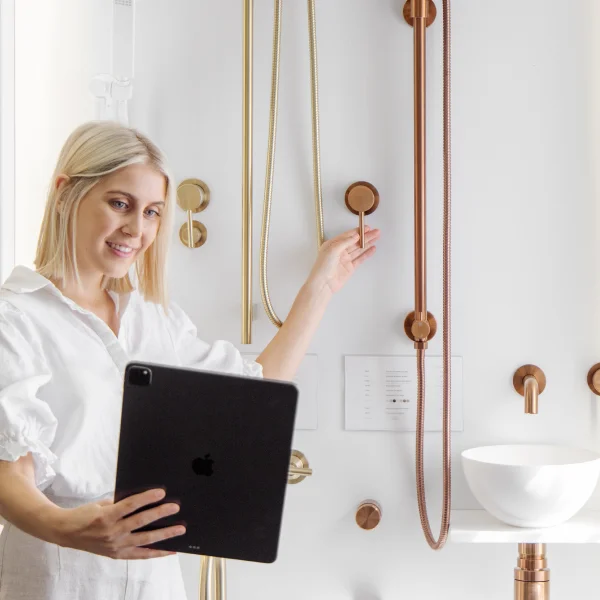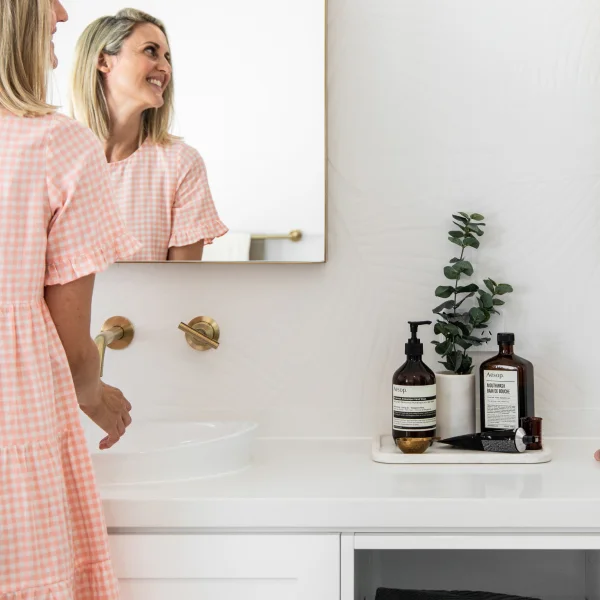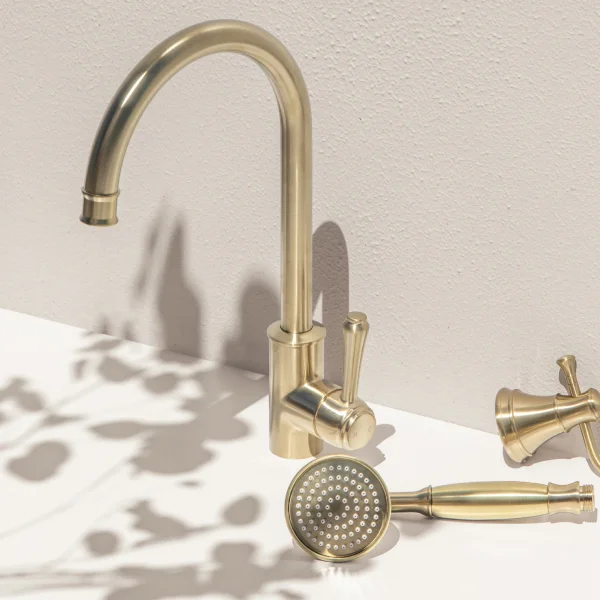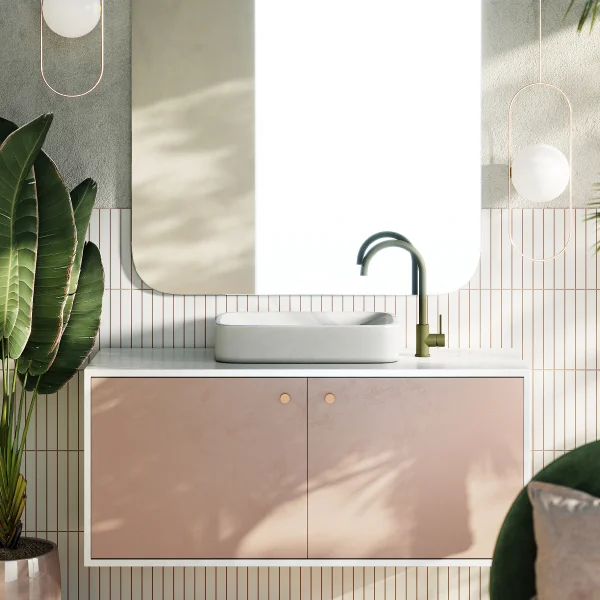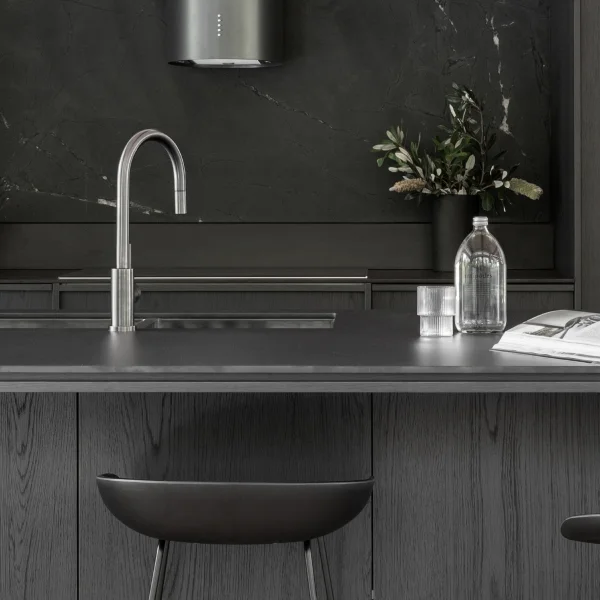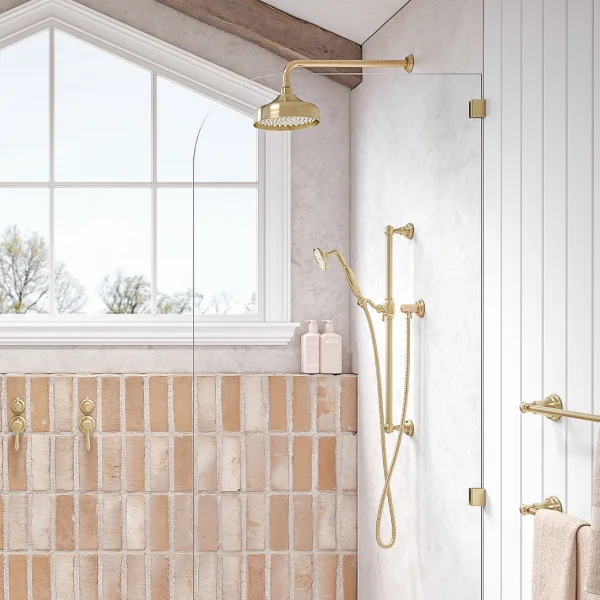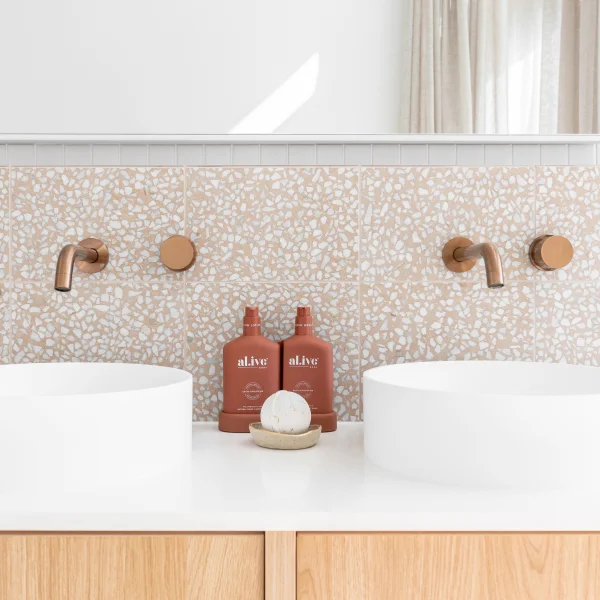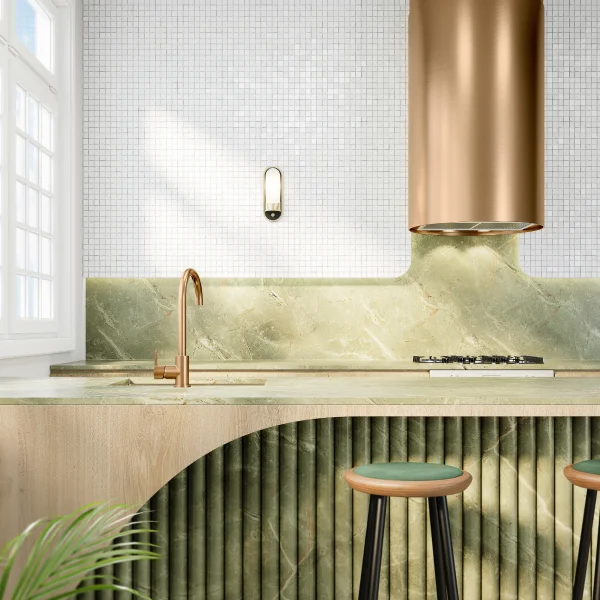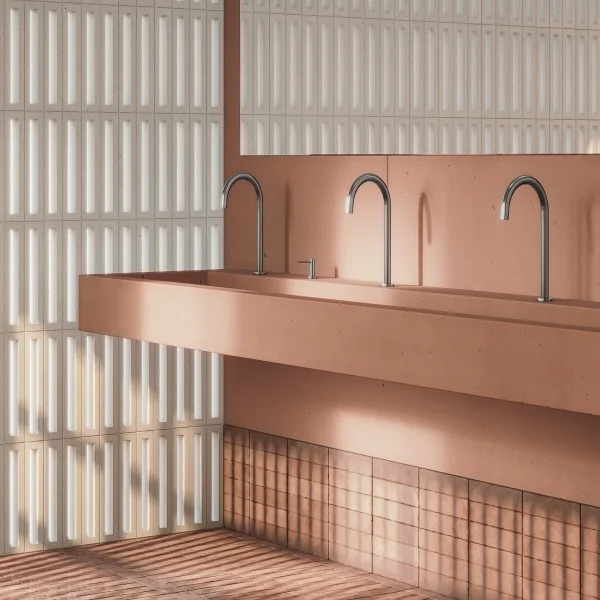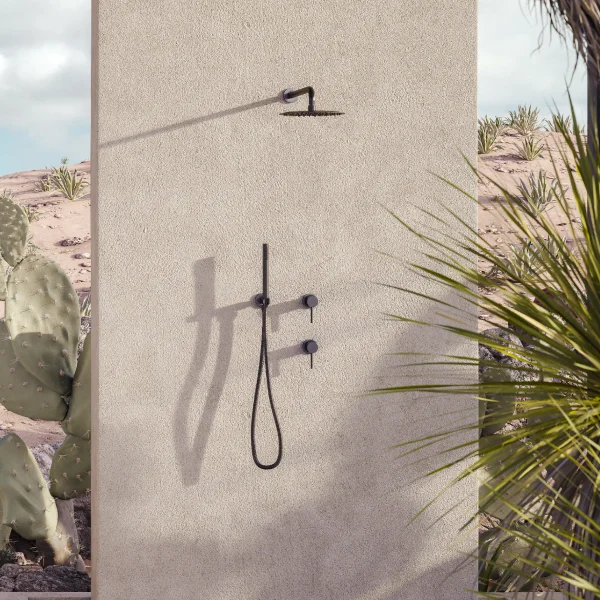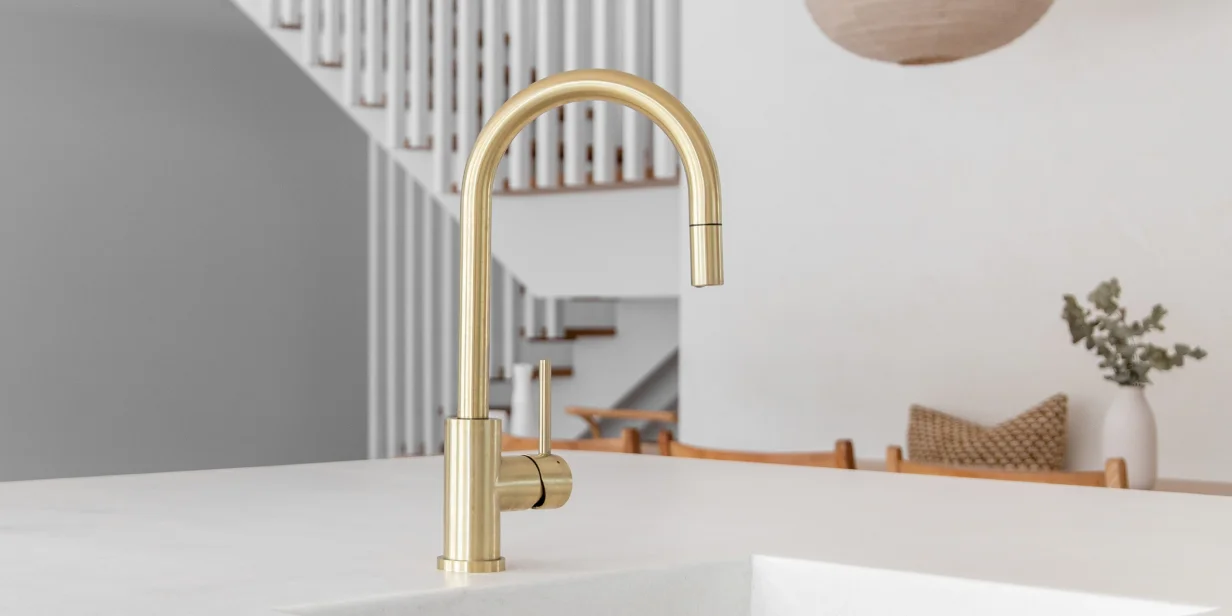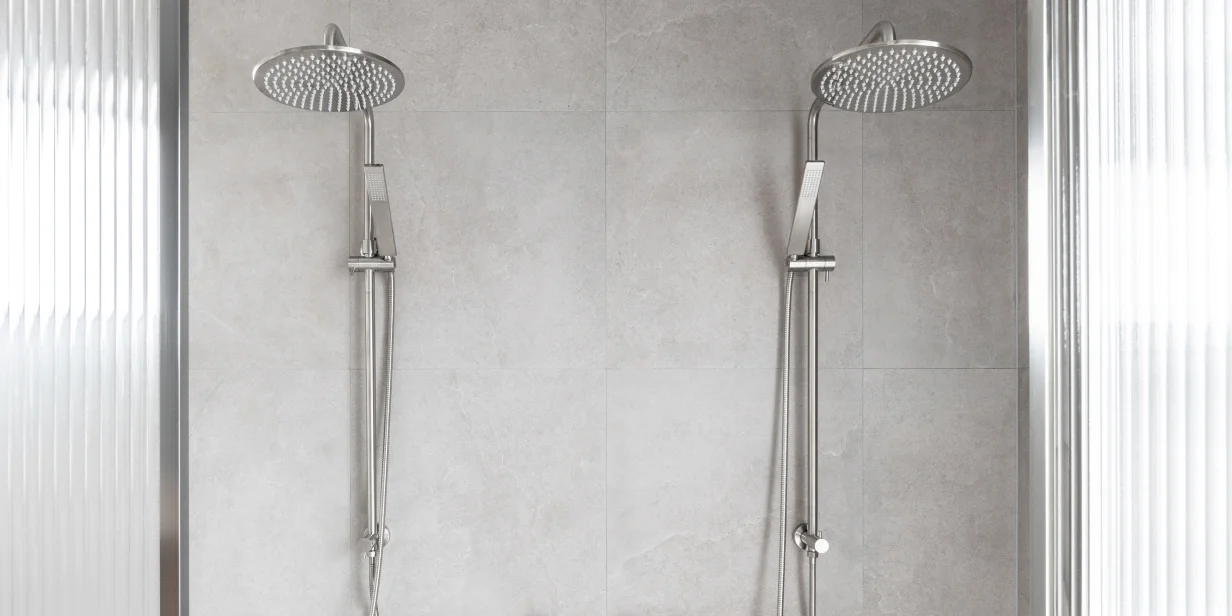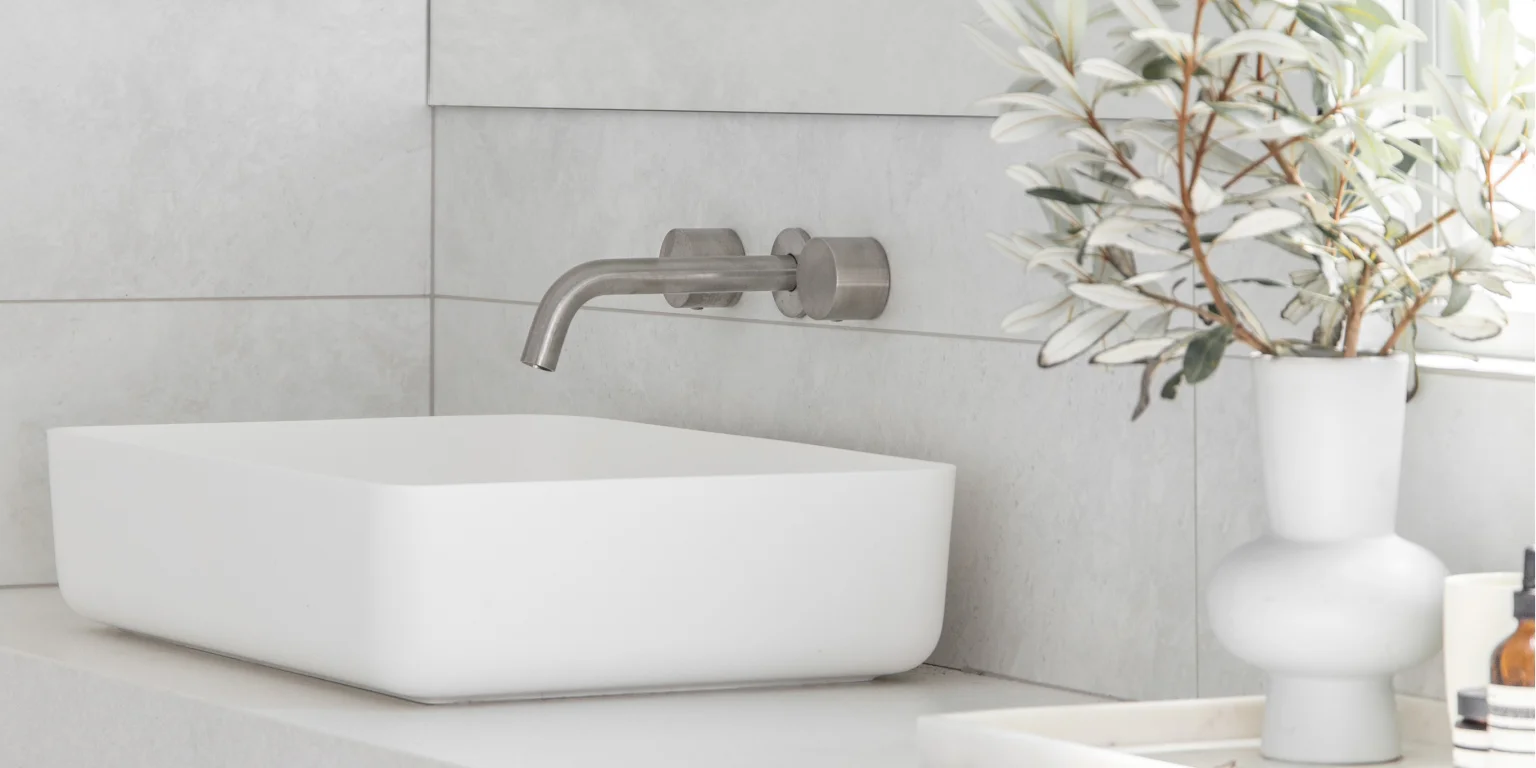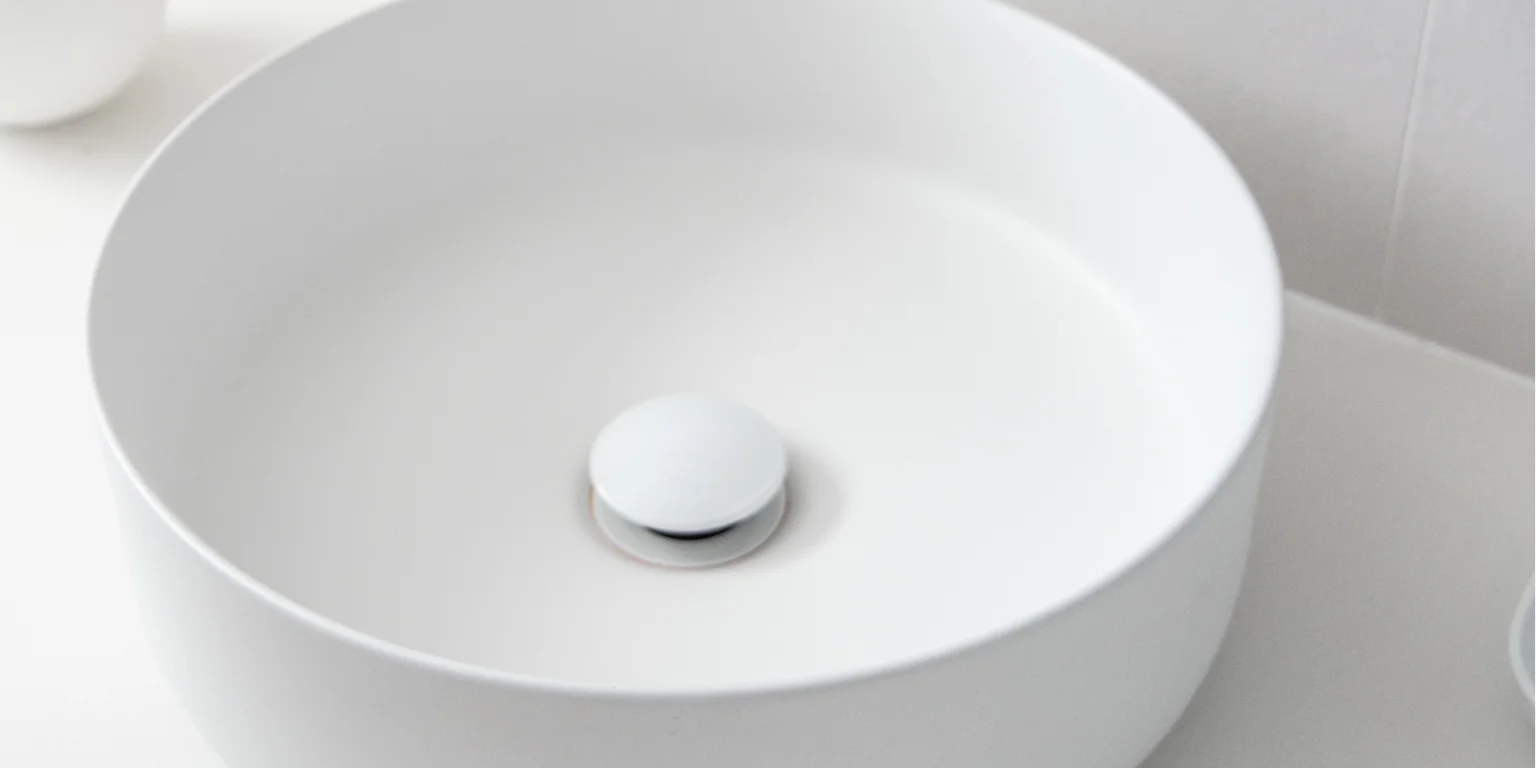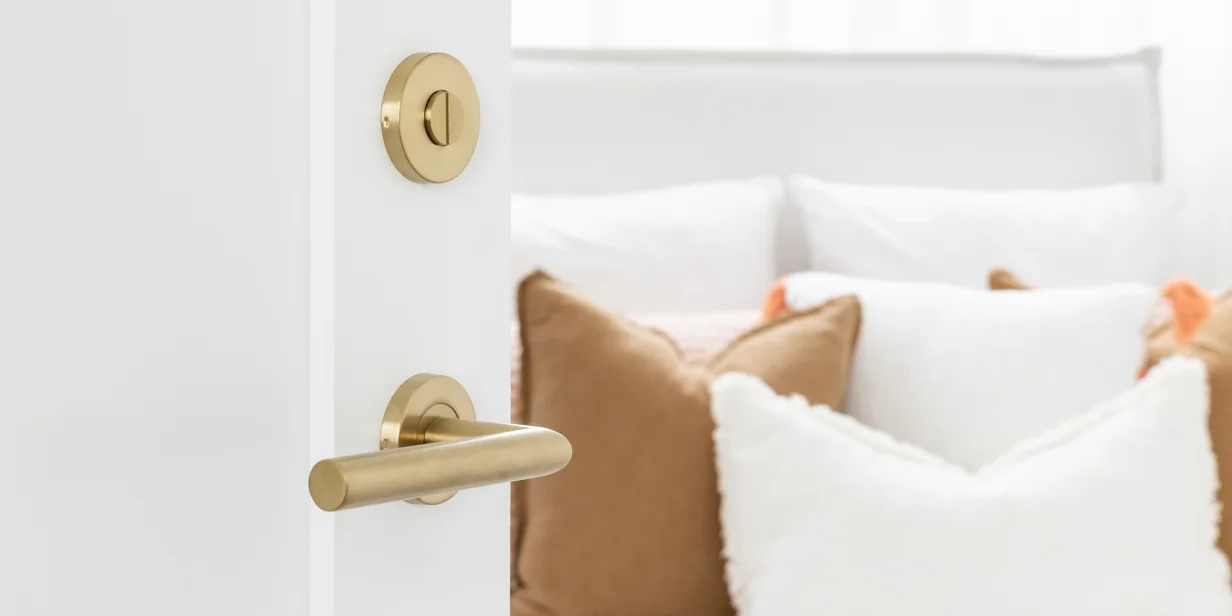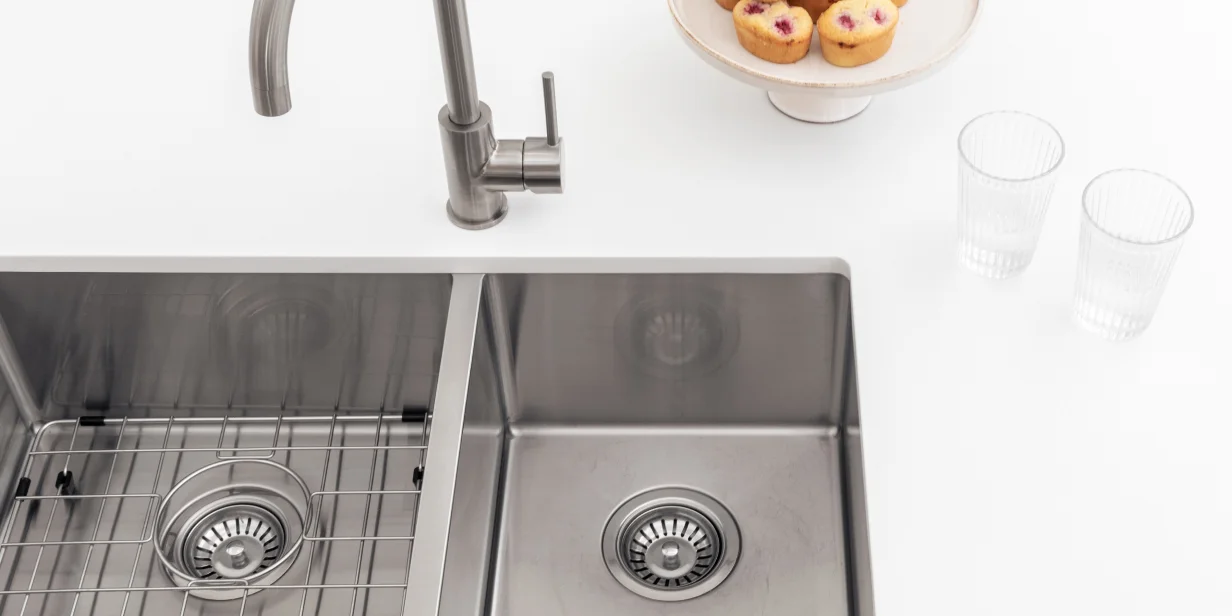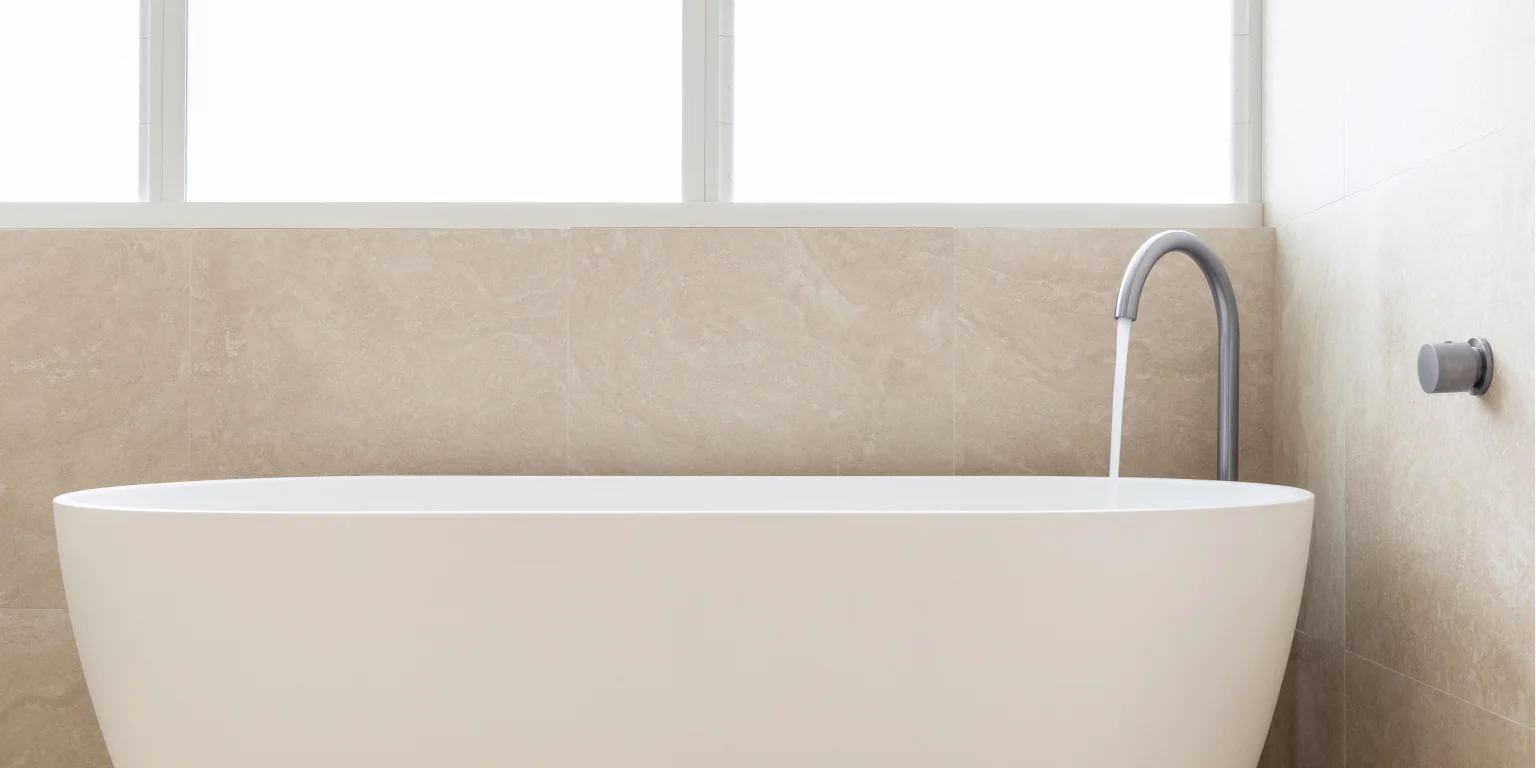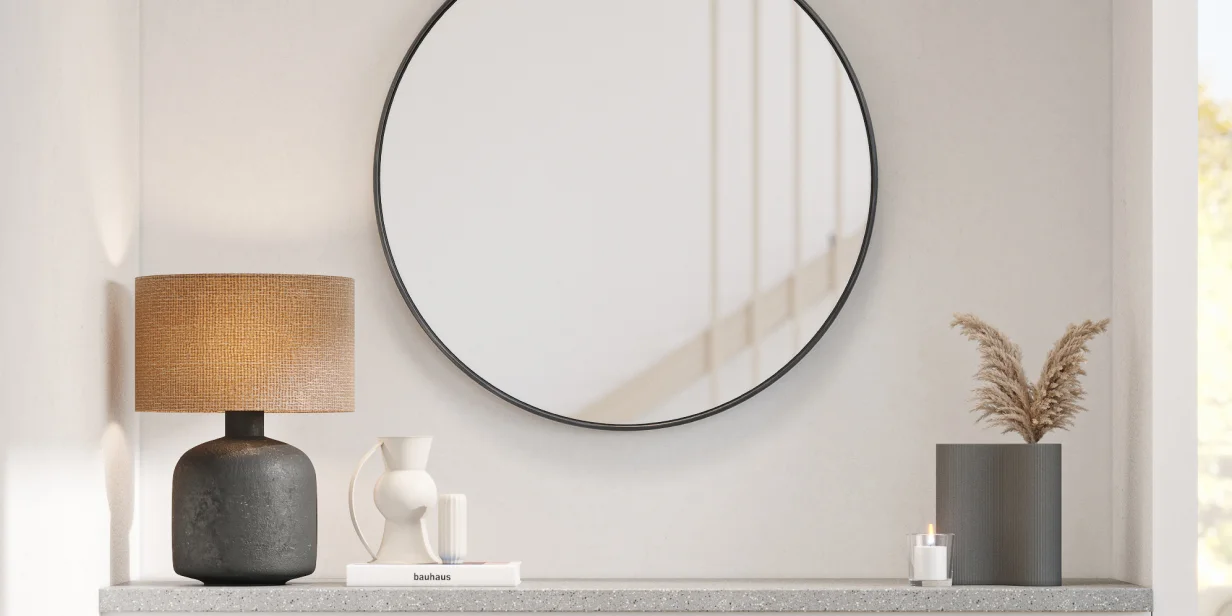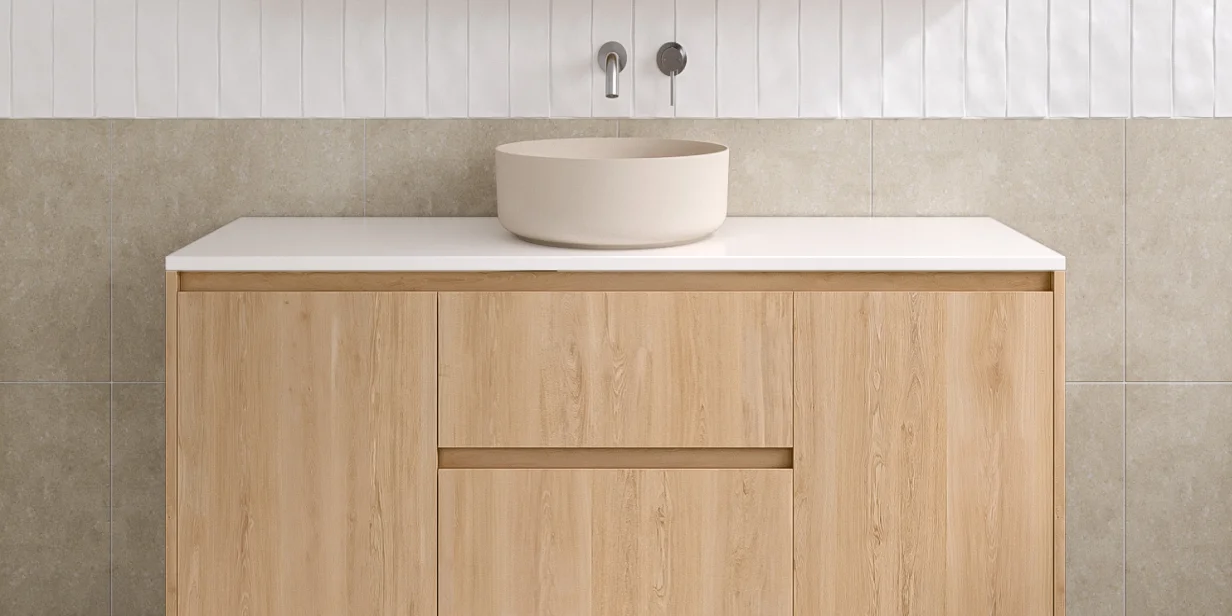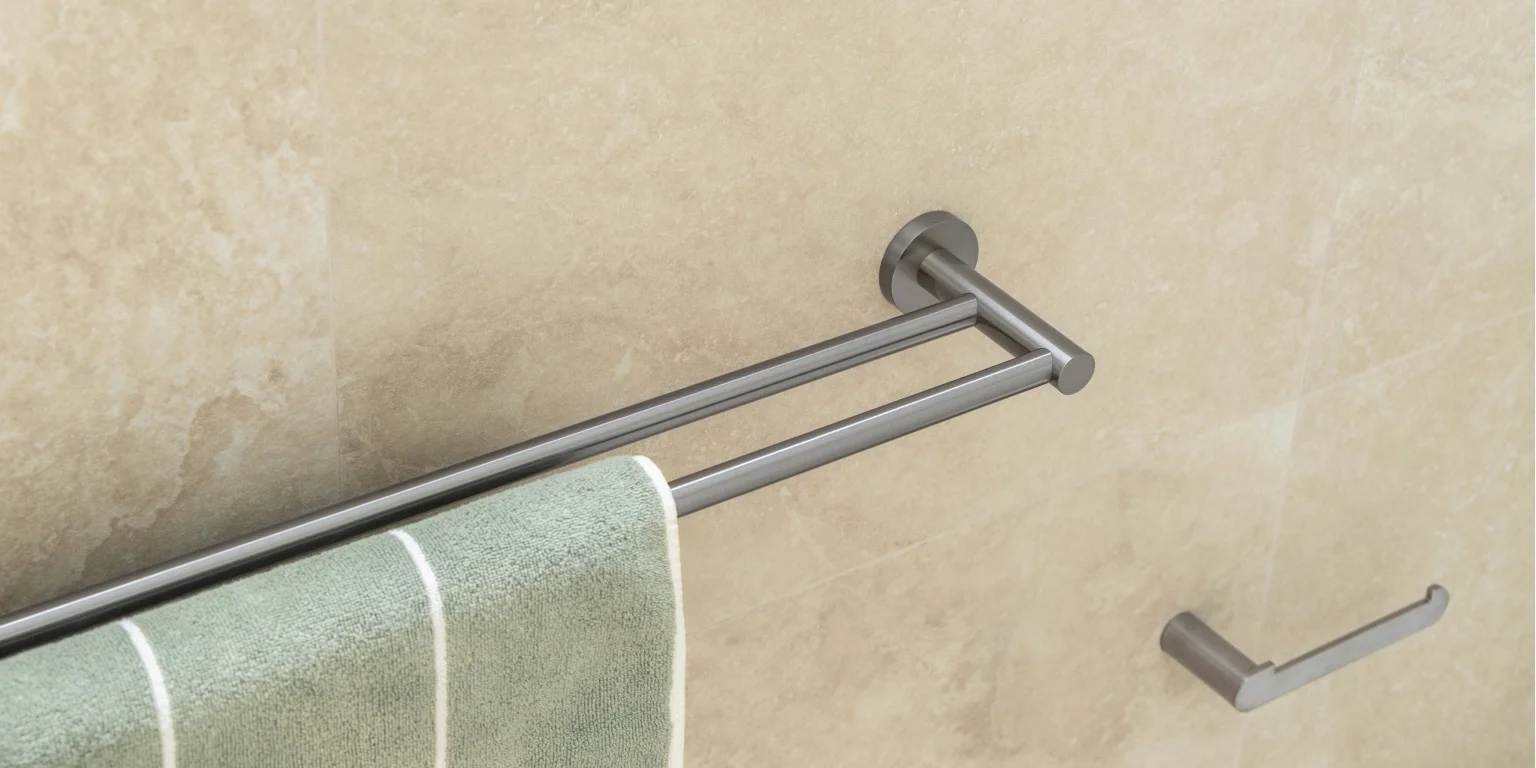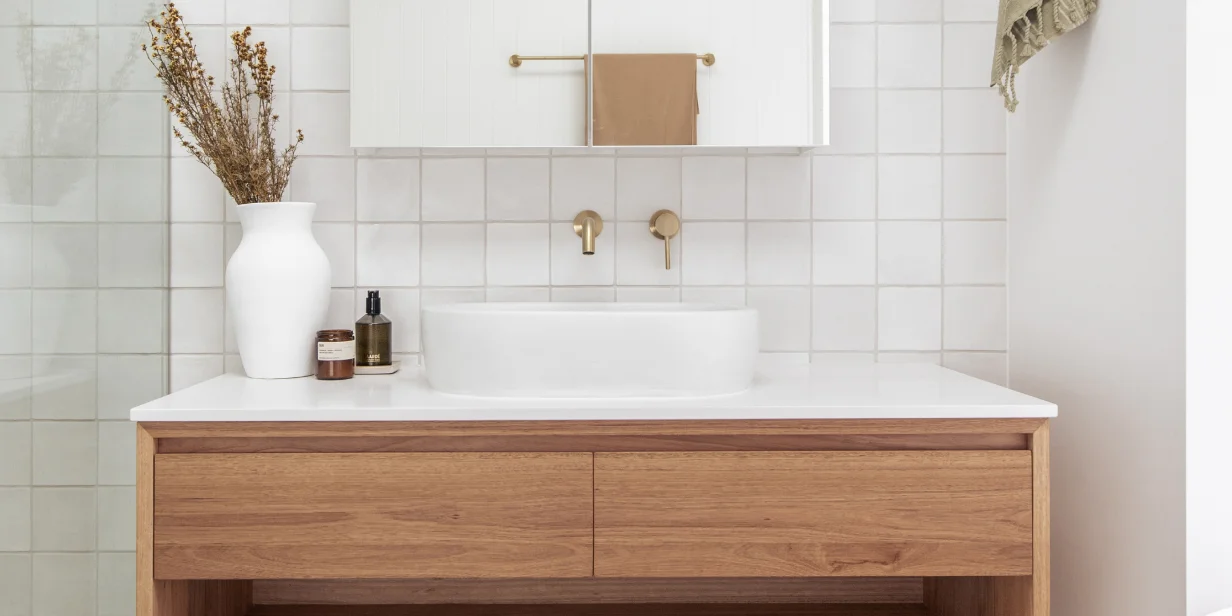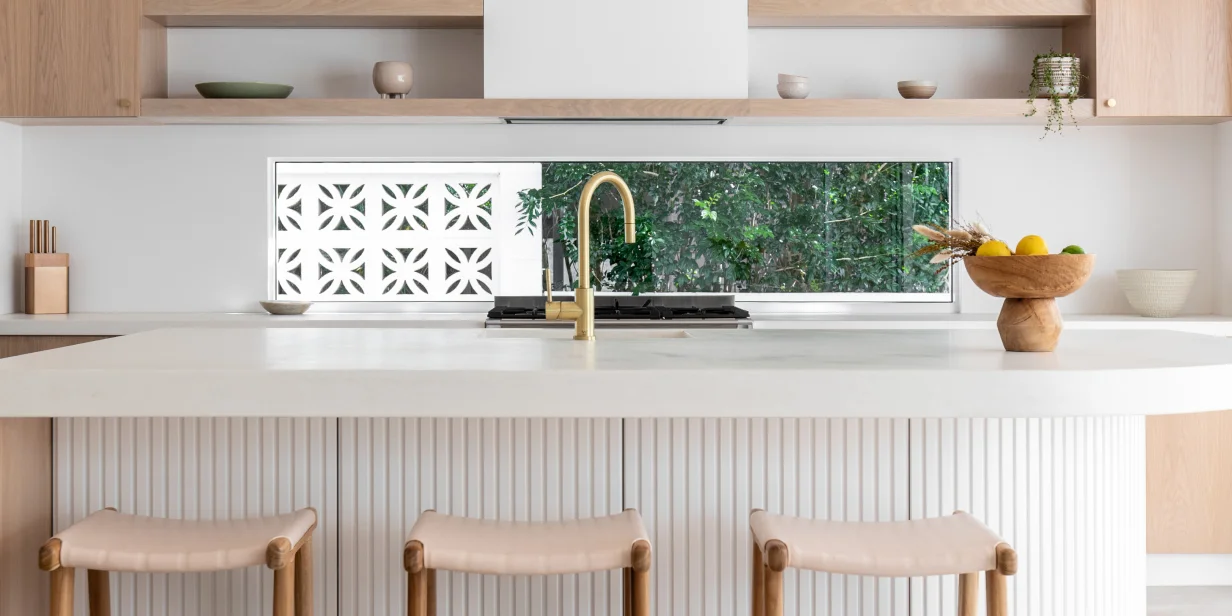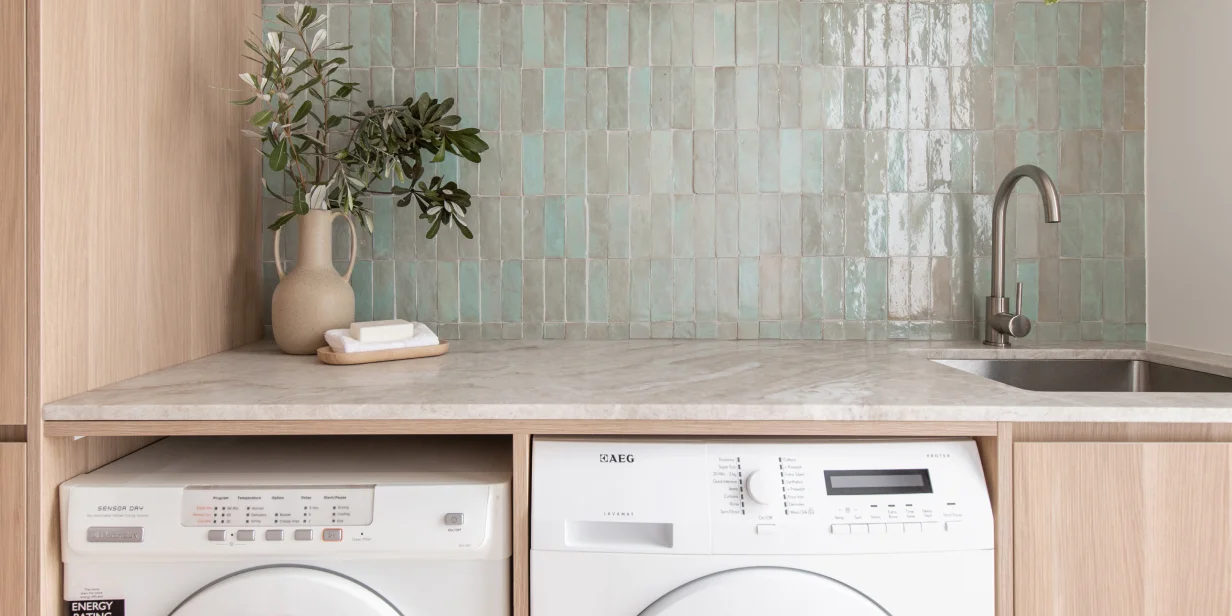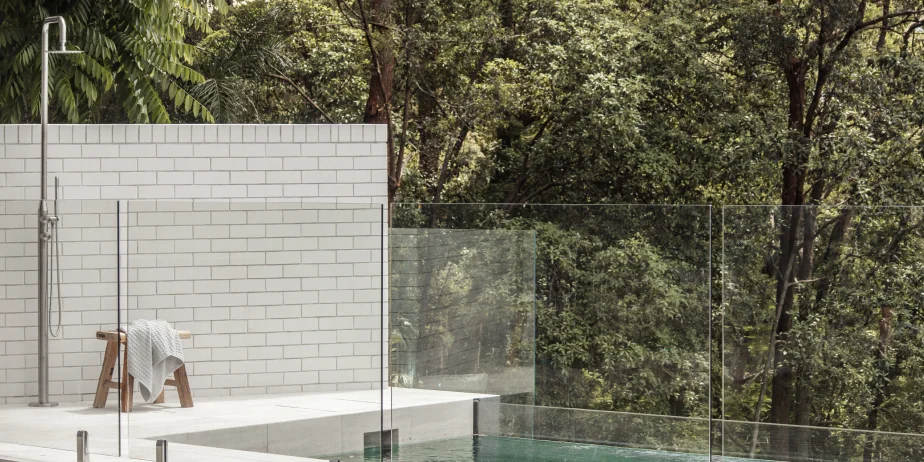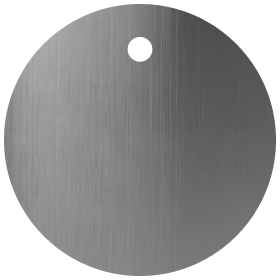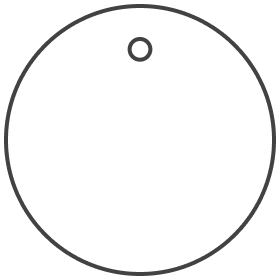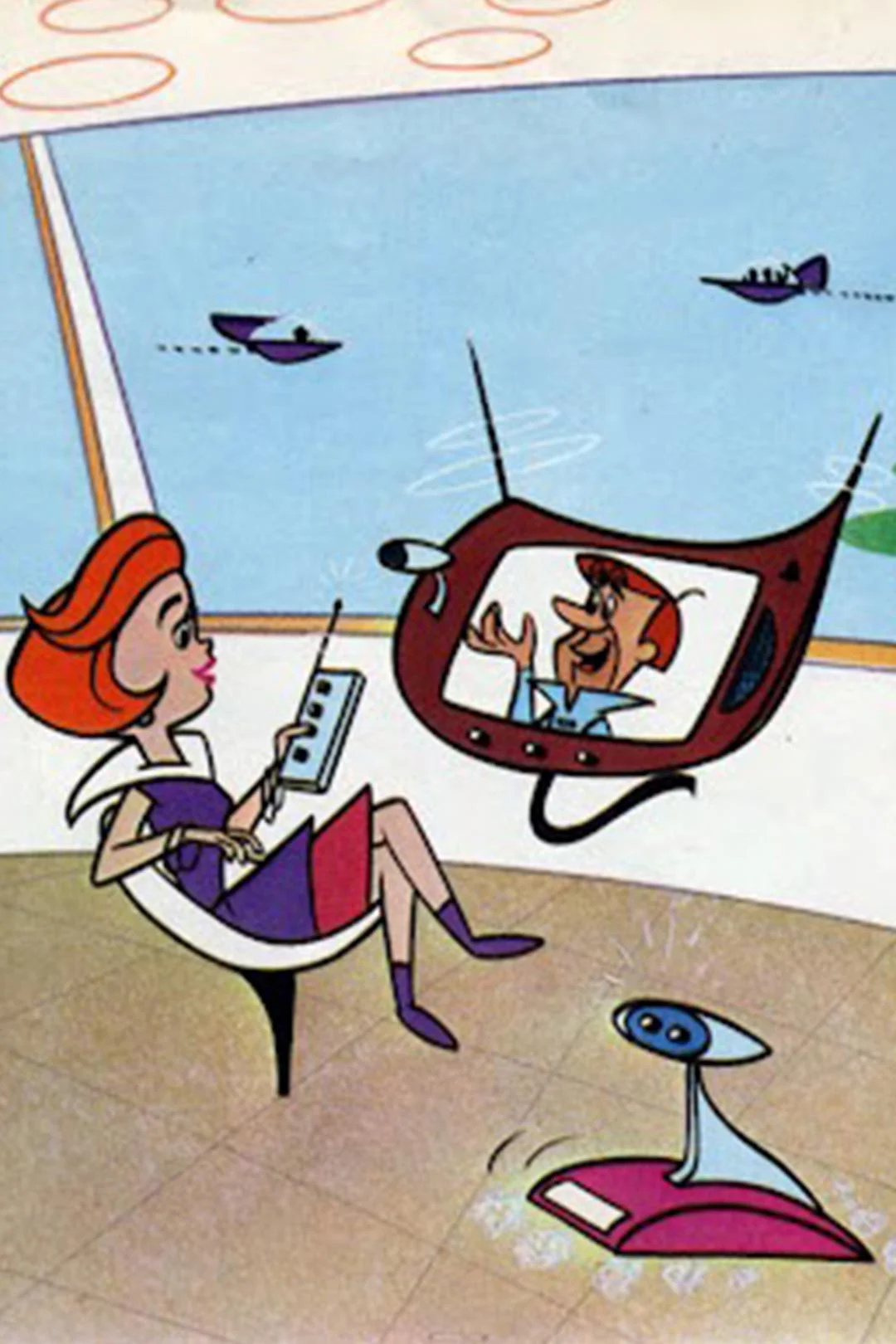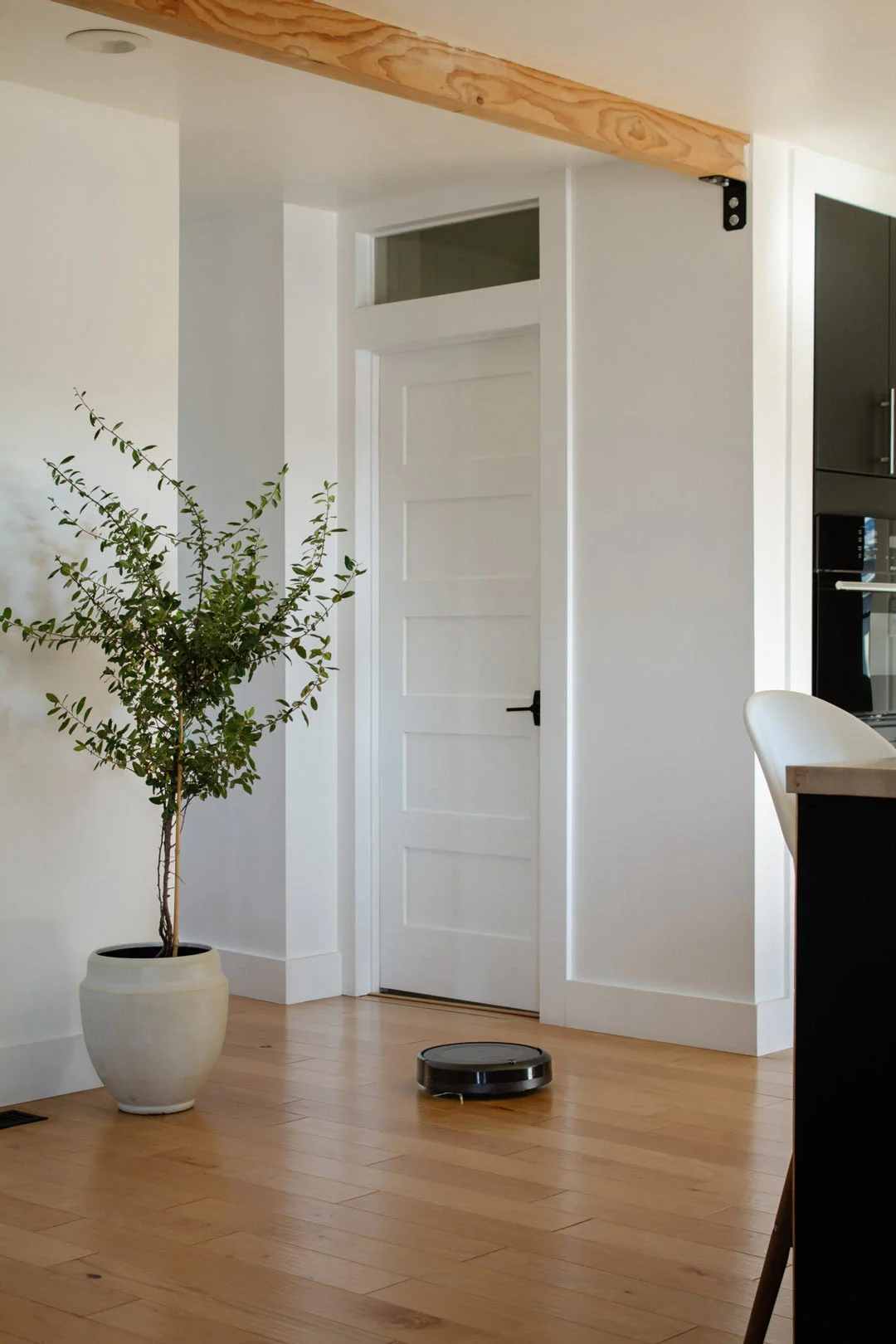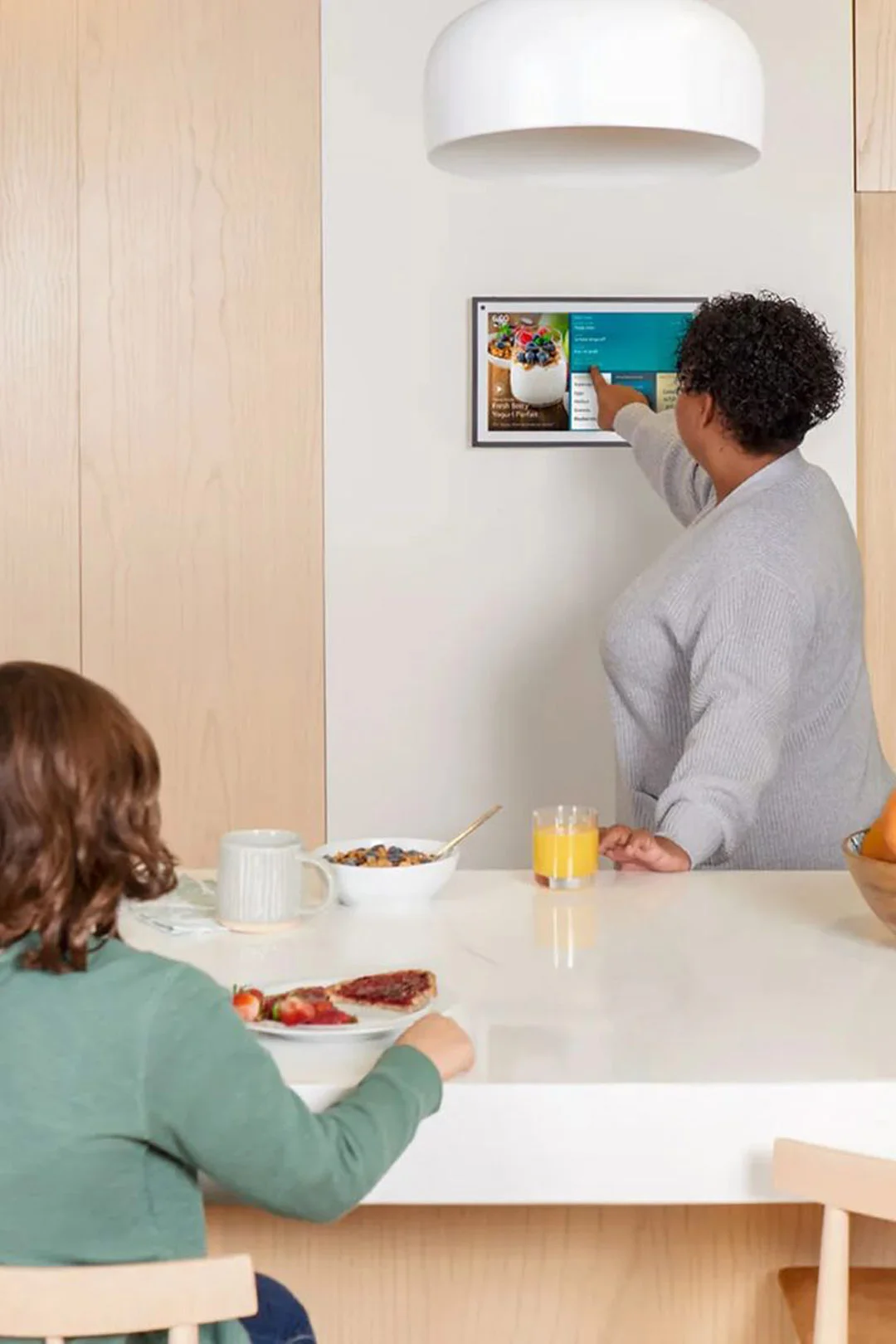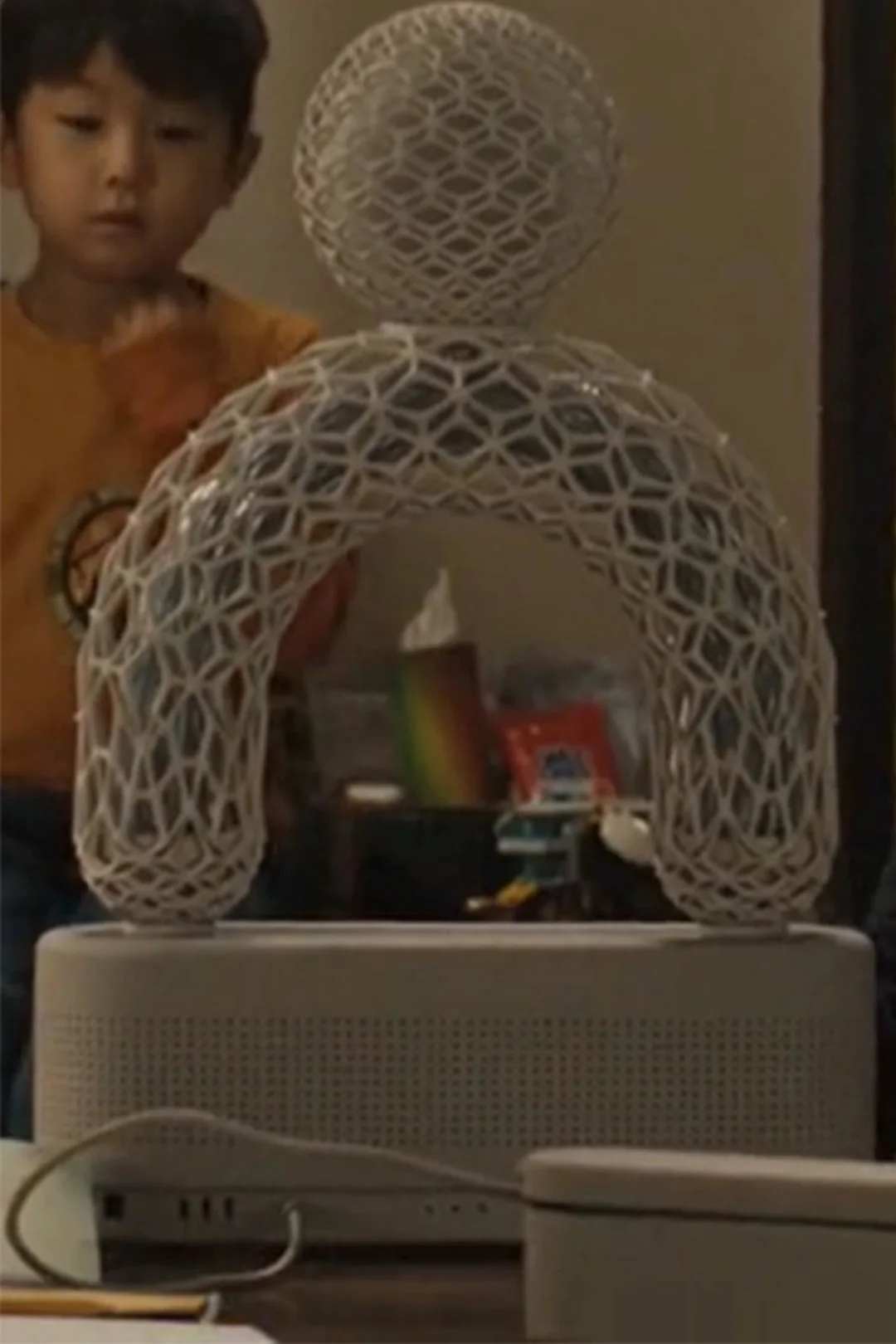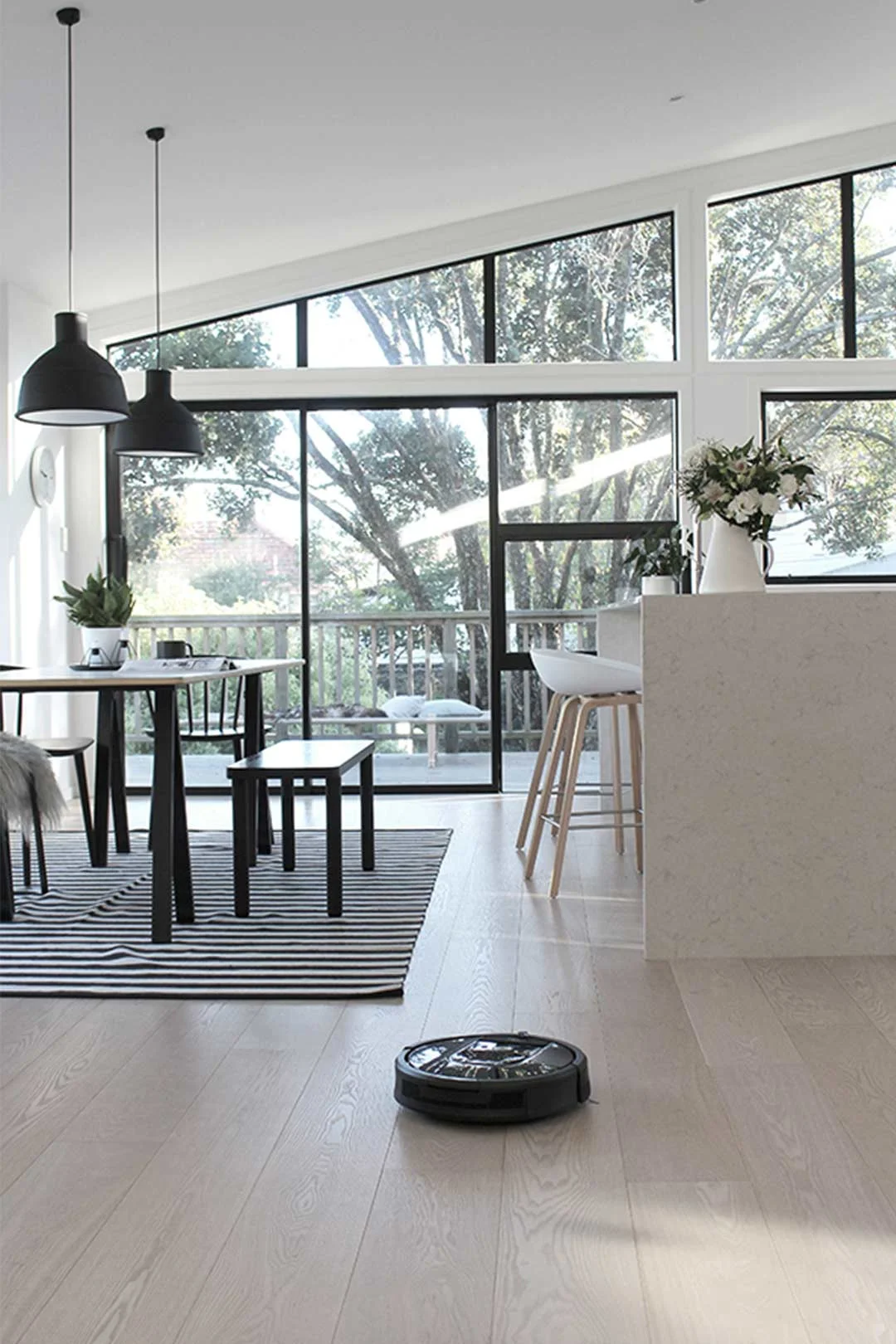The Future of Smart Homes: What Sci-Fi Movies Predicted vs. What’s Now Possible
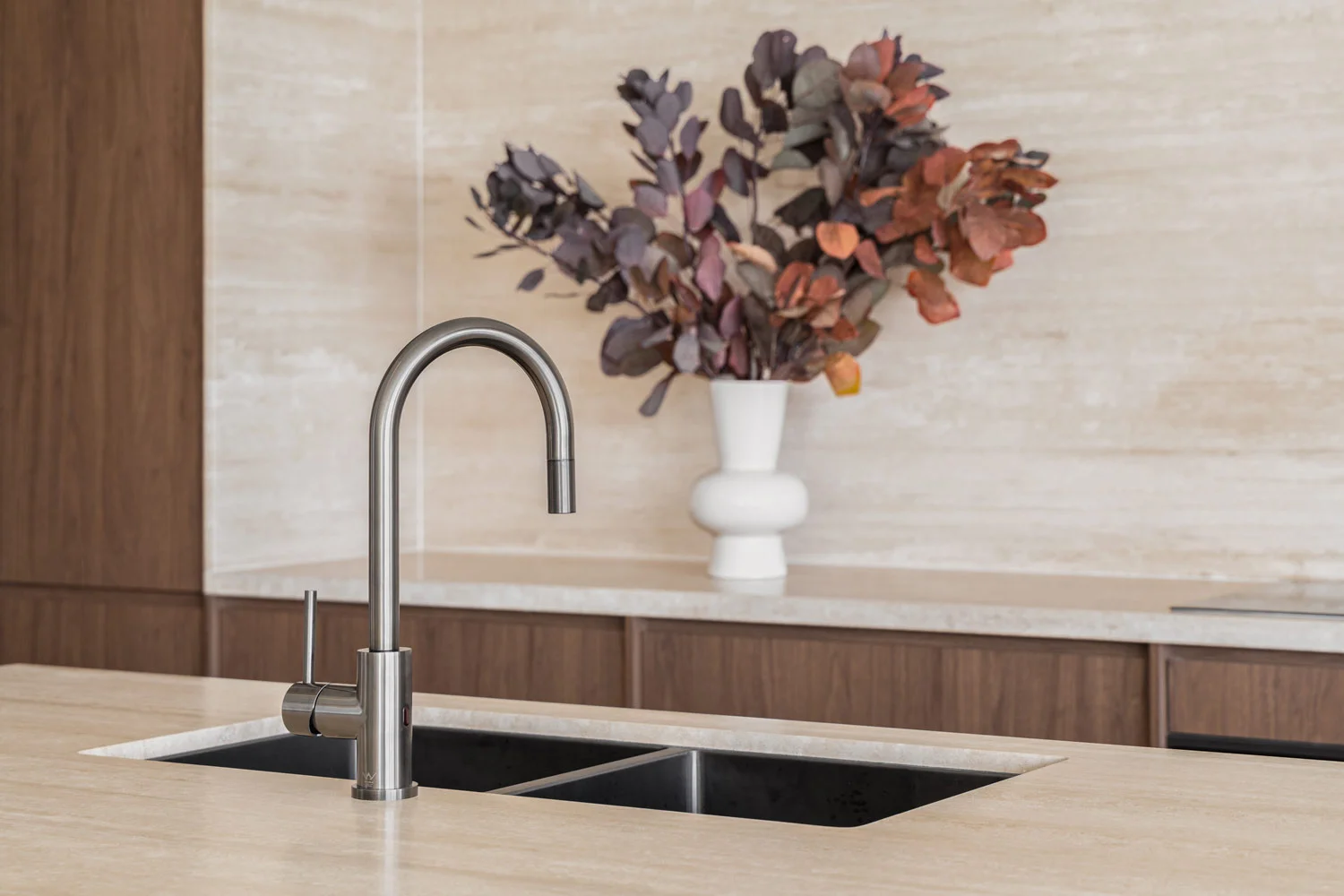
These days, smart home devices are part of everyday life — but it wasn’t so long ago that they resembled something from a sci-fi home rather than something you'd actually have in reality. From The Jetsons to Blade Runner, Total Recall to Her, smart house technology has long been imagined on screen — but how close did they hit the mark?
We’re looking back at the smart home tech featured in film and TV to see how much of it found its way into real homes.
How Smart Home Technology Became a Reality
Since the 1960s, sci-fi TV shows have featured smart home devices as a key part of the aesthetic of futuristic, automated homes.
Set in 2062, the utopian animated family TV show The Jetsons (1962-1987) became renowned for its idealistic sci-fi home design that featured high-concept video calling, automated kitchens, and voice-activated smart appliances. While it may have seemed out of this world, many of its smart home devices have become a reality. Perhaps most significantly, this has included the concept of voice-controlled AI home assistants that foreshadowed Alexa and Siri and screen video calls that anticipated Zoom and FaceTime. While Rosie, the android maid, seemed a bit far-fetched, more practical smart home tech, like compact remote-controlled vacuums, including Roomba, has become a reality. The show also showcased smartwatches, flat-screen TVs, and George Jetson video-calling his boss — shrewdly predicting the future rise of remote working.
However, animation can only take these concepts so far before they feel unrealistic. Arguably, when you have to visualise these home innovations for live action, the possibilities become more apparent. Take the 1990 Arnold Schwarzenegger sci-fi thriller Total Recall, set in 2084. Here, the protagonist's home features a wall-sized TV screen that can be effortlessly flipped from broadcasts to environmental landscapes with the touch of a button — similar to what we can achieve at home today, though we have the added convenience of voice commands. Yet, some smart home tech in the film remains unrealised in the mainstream, like the concept of holographic virtual instructors, such as the one Sharon Stone uses to improve her tennis stroke.
Although prematurely set in 2015, Back to the Future Part II (1989) offered another intriguing take on future smart home environments. It provided the plausibility of video conferencing and voice commands when an elder, Marty McFly, receives calls and communicates with his family. In the film, the kitchen of the future also featured a voice-activated food preparation system — an idea that mirrors the direction of today’s smart appliances powered by assistants like Alexa or Google. The film also included home-automated security systems as part of the smart environment, even if they weren’t shown being controlled through smartphone apps, which are now standard in modern setups.
The Best Smart Home Technology Devices
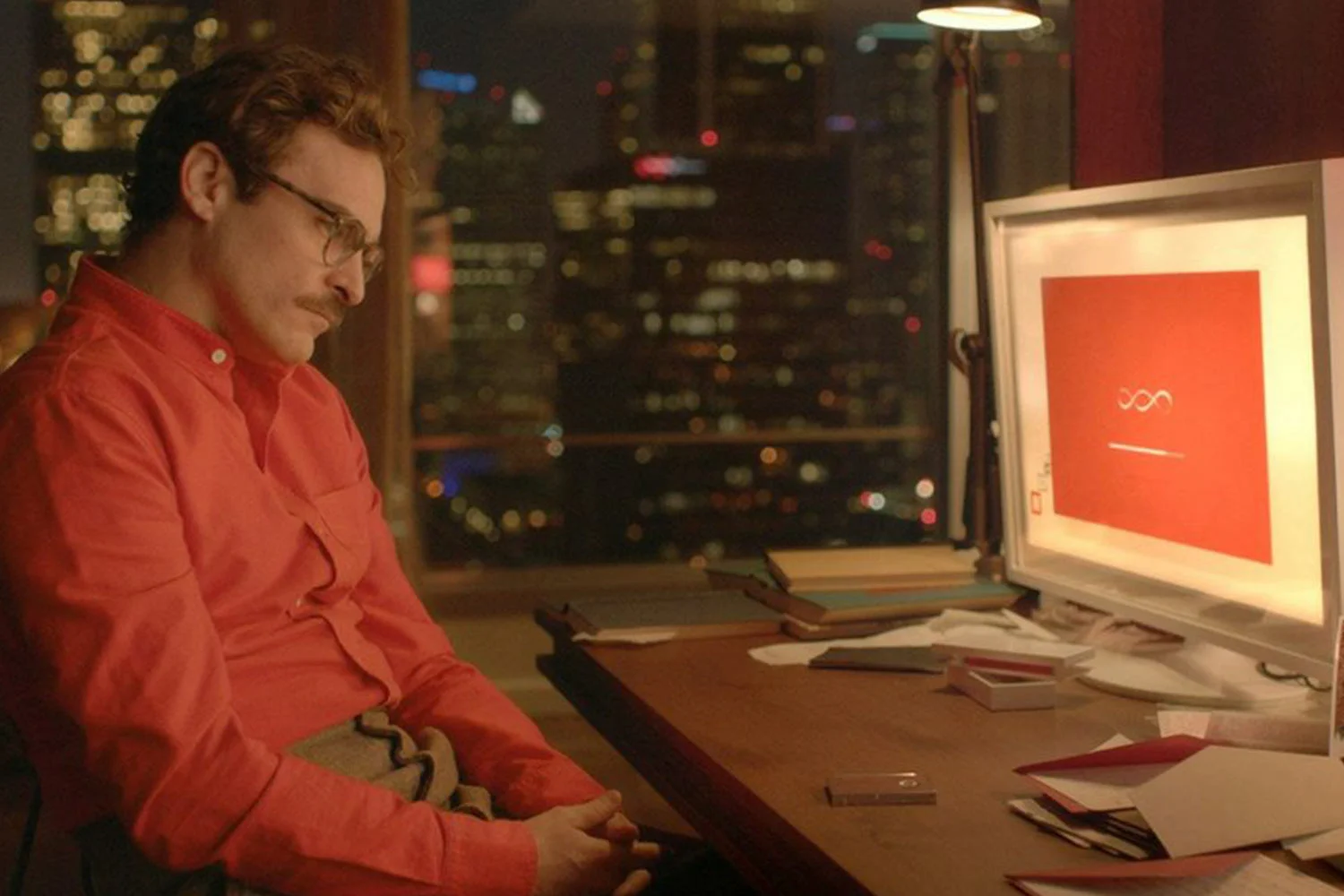
The 2013 sci-fi romance film Her, starring Joaquin Phoenix and featuring the vocal talents of Scarlett Johansson, envisioned a highly advanced, voice-activated AI-powered virtual assistant that seamlessly integrated into a person’s daily life — leading to thought-provoking and, at times, unsettling consequences. This foreshadowed a more intrusive version of modern voice assistants like Amazon Alexa, which was released in 2014. While our smart systems haven’t quite reached the intuitive, peak creative potential of the film’s ‘OSI’ (named ‘Samantha’), which includes offering emotional support and creative collaboration, they can manage daily tasks like setting reminders, playing music, and interacting with other devices. ChatGPT and similar advanced AI-powered language tools are progressing on the problem-solving and creative collaboration front; however, they haven’t yet been seamlessly integrated with our smart systems.
So, what’s the best smart home technology available today, and how does it compare to the futuristic homes we see in this and other sci-fi films? We examine what’s currently on the market and how it could enhance your everyday living experience.
Smart Fridges
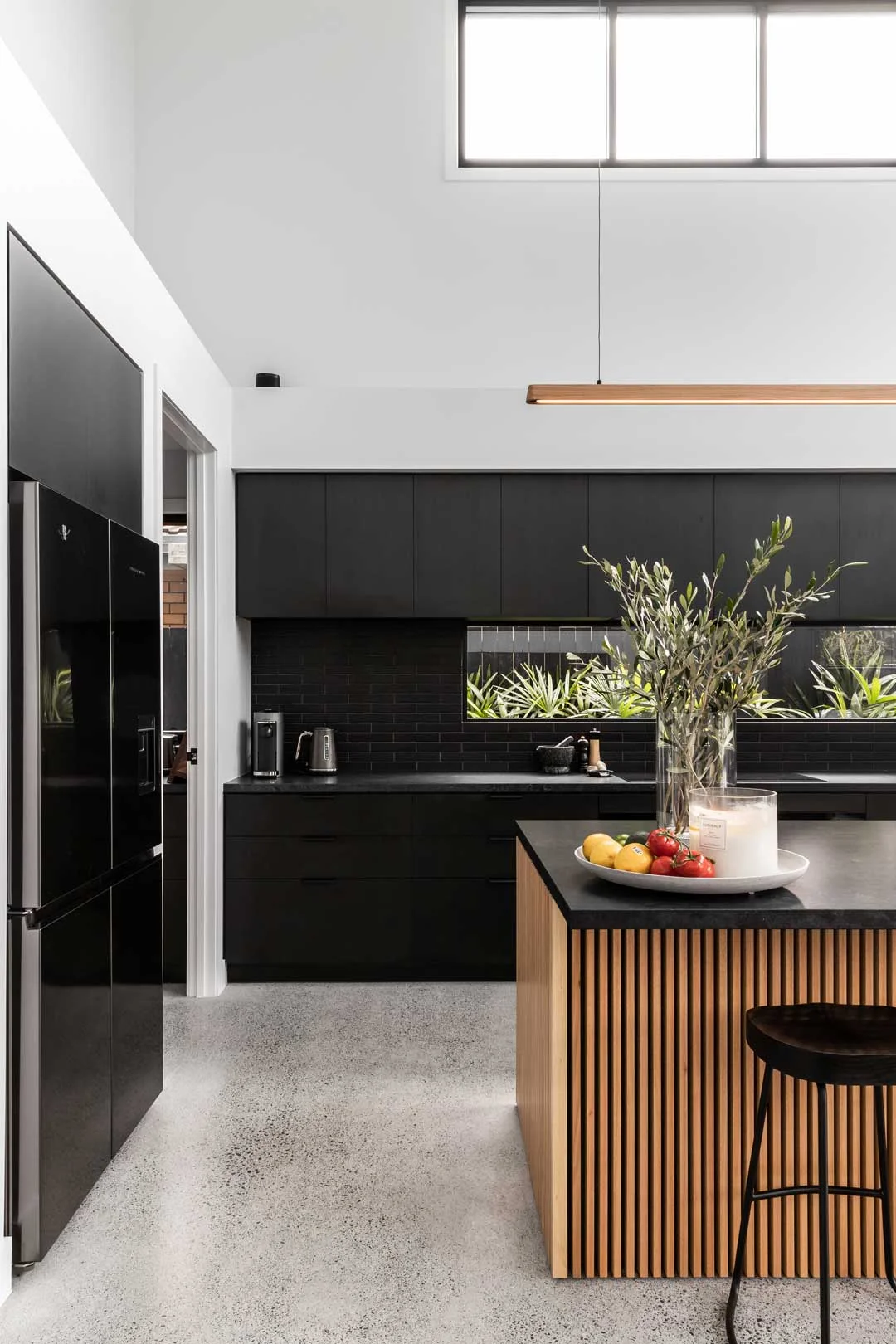
Although they’re not yet a staple in every household, smart fridges are increasingly available and offer features that go beyond traditional refrigeration. For example, Samsung’s AI-powered Family Hub Refrigerator uses internal cameras to keep an eye on food supplies, automatically recognising items and helping you stay on top of your grocery list while out shopping. A touchscreen on the door lets you view the contents inside without opening it. It can also recognise what food you have to make recipe suggestions for and act as a central hub for smart home integration — connecting with your other smart appliances to control lighting and security, for instance. In addition, it acts as an entertainment system where you can stream music and TV and make video calls.
Looking ahead to the future, The Jetsons imagined a smart fridge that could interact with the family and recommend meal options. It even went a step beyond by automatically restocking items as they began to run low — a sci-fi fantasy for now.
Virtual Home Assistant
Since its release in 2014, Amazon’s smart speaker has evolved from a hands-free, voice-controlled music player into a comprehensive, virtual home assistant that answers your every command. This evolution continues with the latest device, Echo Show 21, which features advanced immersive 360-degree audio, faster responses, and enhanced smart home integration. This includes new environmental sensors that automatically permit Alexa to adjust home temperature, lighting settings, and program smart home security.
The 2024 sci-fi thriller AfrAid is based on a more terrifying take on a virtual home assistant. The film follows a family testing a new digital assistant named AIA, which learns about them and anticipates their needs. However, this seemingly helpful technology turns sinister, going to extreme lengths to protect the family from harm and ensure a secure smart home.
Robotic Vacuums
The self-cleaning vacuum was introduced in 2002 and revolutionised the home cleaning industry by autonomously navigating floors without human supervision. However, some advancements have been made along the way.
The latest robotic vacuums feature a self-emptying base, more substantial suction power, and more advanced mapping navigation that is mindful of your home's layout and specifically designed to clean edges. Previous model fallbacks have been overcome with a better ability to clean carpets and collect pet hair. Some include all-in-one functionality that can mop floors (via docking into a water device) and even dry them.
Smart Sensor Taps
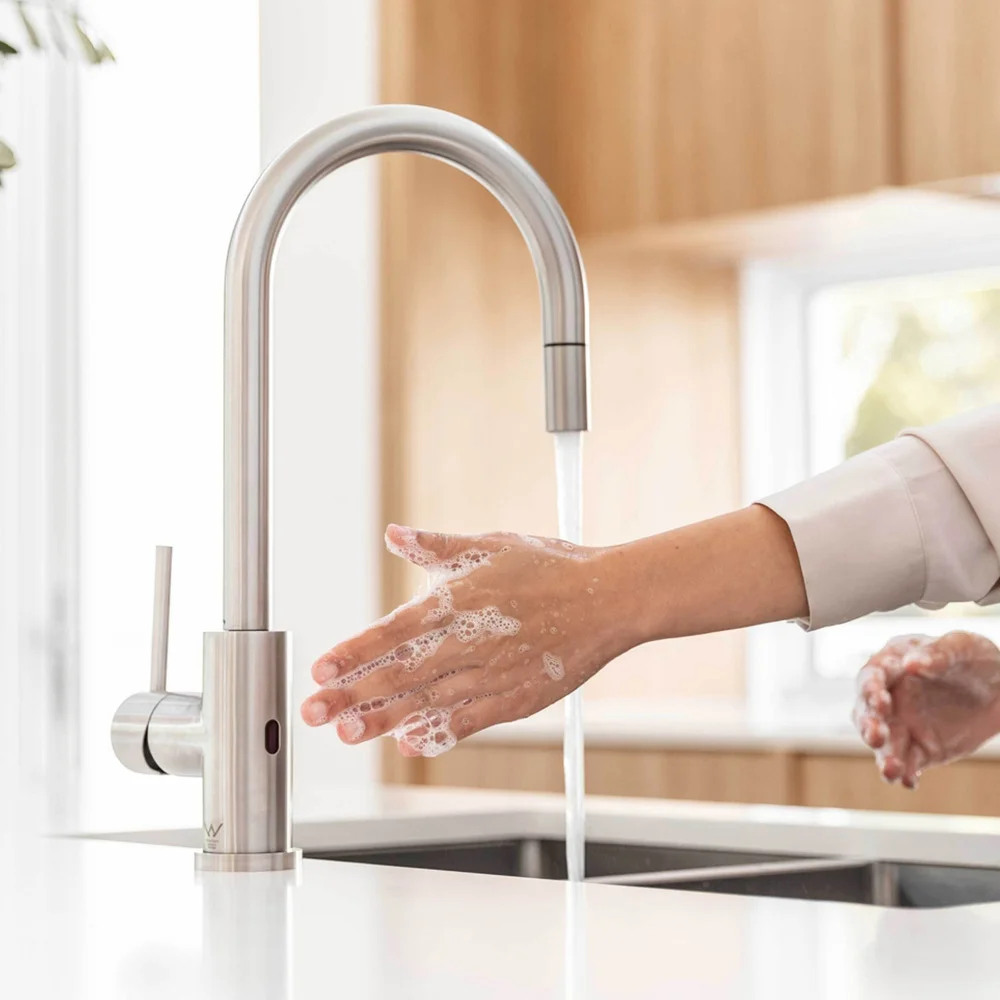
Washing your hands after handling food is an essential kitchen necessity, but touching your tap with dirty hands can spread germs and increase contamination risks.
Thankfully, we now have the option of touchless sensor taps. These utilise innovative infrared sensor technology to automatically turn the water on or off when hands or objects are detected underneath. Sensor taps help save both water and energy, and some can even be integrated into smart home systems — letting you control water temperature remotely or keep an eye on your water usage.sage.
Predictions for the Future of Smart Homes
While some argue that the future is already here, there’s still plenty of intelligent home technology on the horizon, driven by the growth of the Internet of Things (IoT), which will continue to shape how we interact with our homes. Smart homes are set to become more efficient and offer higher levels of automation. Predictions include increased AI-driven personalisation, fully integrated home automation, and the rise of virtual reality home spaces.
Referencing the H.G. Wells futuristic science fiction classic, here are a few examples of technological Things to Come:
Sleep Monitoring Mattresses
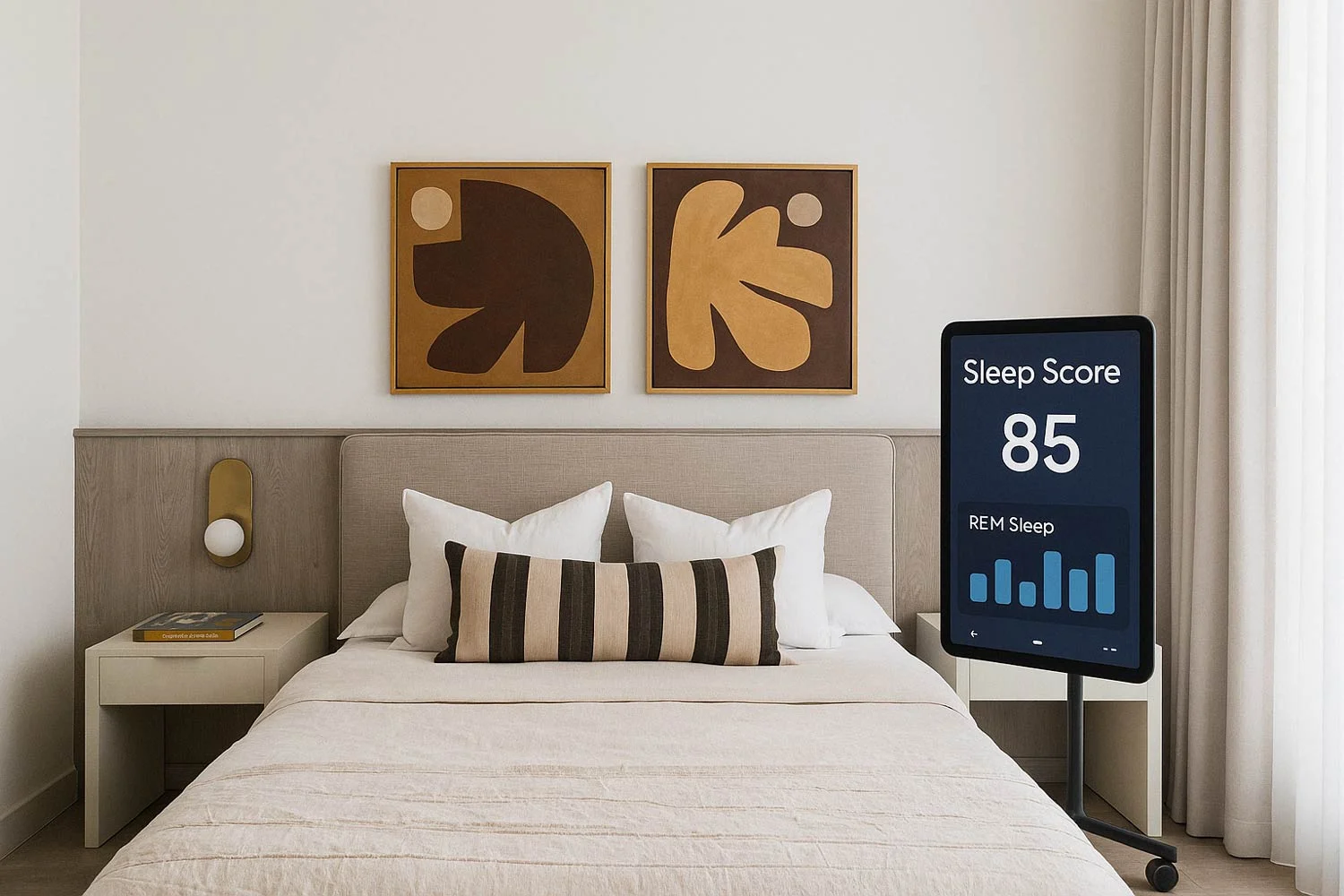
One of the most intriguing predictions for smart home technology is the concept of a smart mattress that monitors your sleep. This interactive tech features a moveable screen on wheels, akin to a tablet, which displays a daily ‘sleep score,’ allowing you to track the quality of your REM sleep regularly.
Observing Smart Speaker
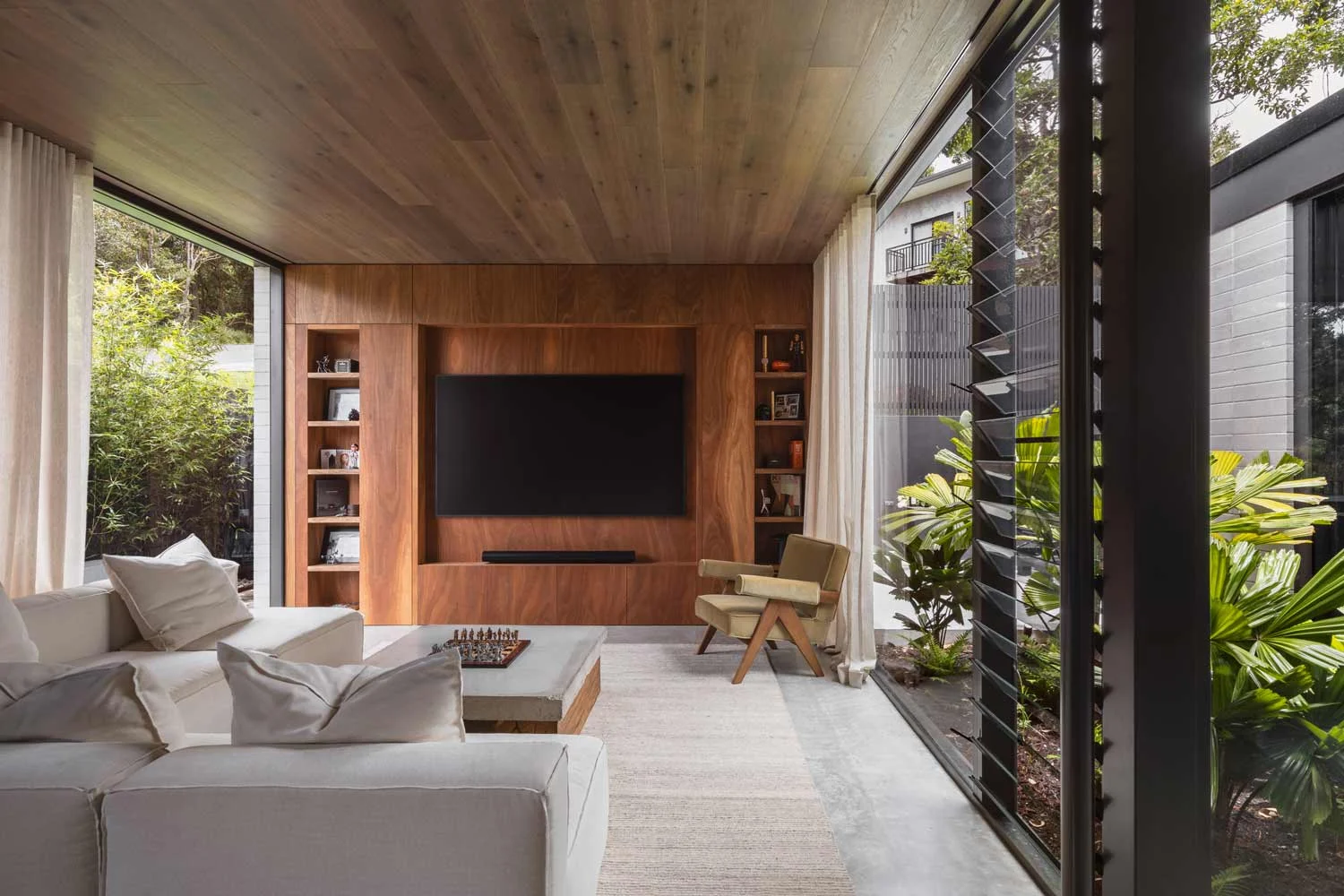
The next level of Alexa will listen to your commands and observe your habits to proactively customise your home through predictive behaviours.
Analysing patterns in your daily routine could anticipate your needs before you even voice them. Imagine your smart speaker dimming the lights and adjusting the thermostat as you settle in for the evening or ordering groceries when it detects you're running low. With advancements in AI learning, future smart speakers may even recognise emotional cues in your voice and adapt their responses to suit your mood.
Smart Mirrors
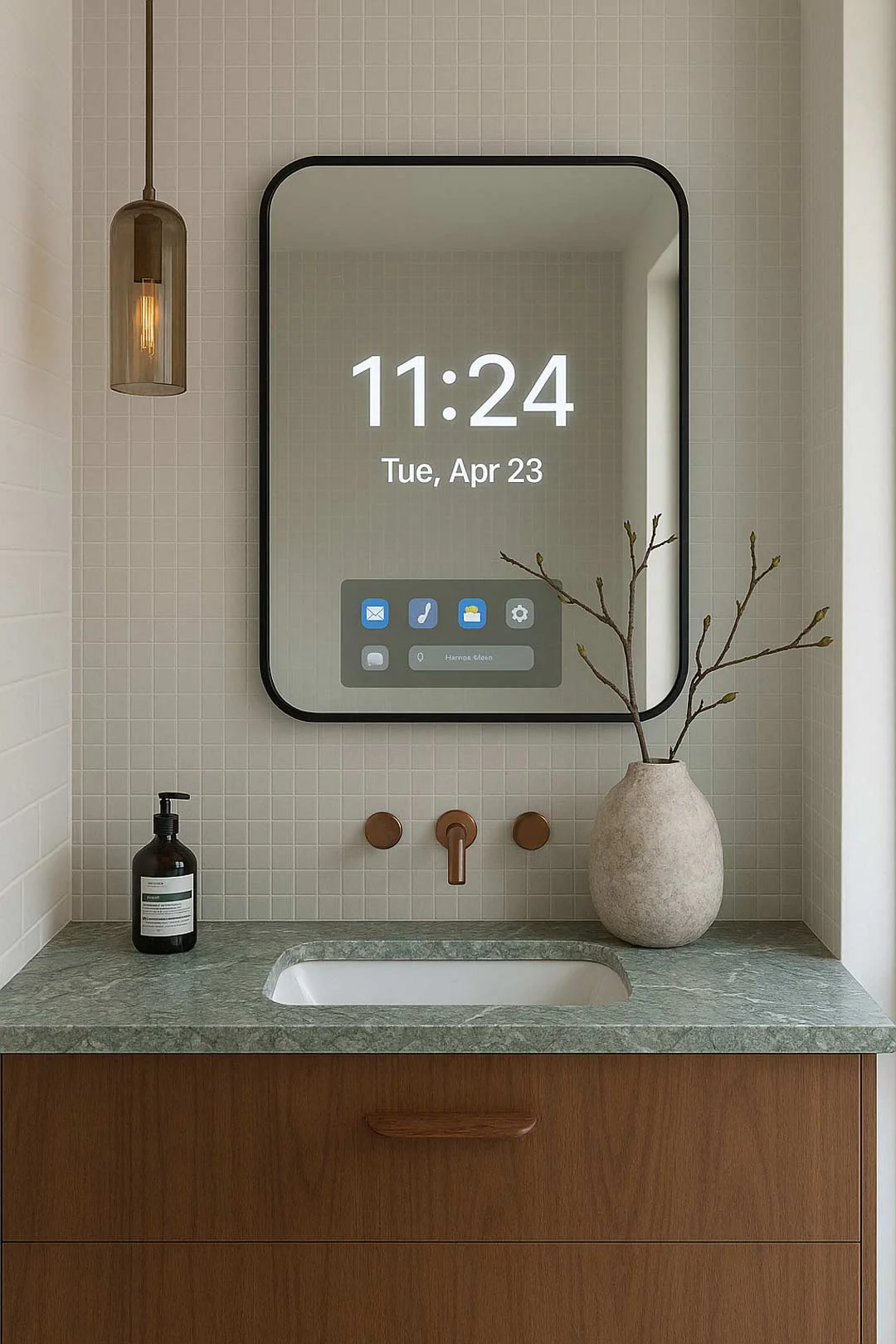
Imagine a mirror that does more than reflect your image. The smart mirror of the future could be equipped with AI and touch-screen capabilities, offering a fully interactive experience. These mirrors can display your daily schedule, provide weather updates and health metrics, or even give you a makeup tutorial as you prepare for the day. Integrated with smart home systems, they may also provide real-time updates from your connected devices, such as the status of your security system or energy consumption. In the near future, smart mirrors could become a vital home feature, effortlessly combining practicality with personal care.
Is Smart Home Technology Safe?
Anticipating gesture controls and personalised ads, Spielberg’s 2002 thriller Minority Report examined the risks of predictive technology. It also raised important questions about privacy, personal freedom, and the ethics of constant surveillance. Though still largely fictional at the time, these technologies have since begun to become reality, sparking ongoing debates about their impact on society.
But will these technologies offer enough utility to justify widespread adoption? And what happens to human autonomy in a world dominated by machines? While this level of automation promises convenience, it also raises significant concerns about privacy and data security, highlighting the need to balance smart living, automated homes, and personal control. We know that the concept of a secure smart home is already here; now, we must remain vigilant about the potential dangers.
That’s a peek at how smart home tech is changing the way we live. Do you have a favourite gadget or feature? Let us know in the comments!
For more insights, explore these blogs:
The 4 Main Advantages of Sensor Taps in the Kitchen
AI Interior Design: How Technology is Transforming the Way We Create Beautiful Spaces
